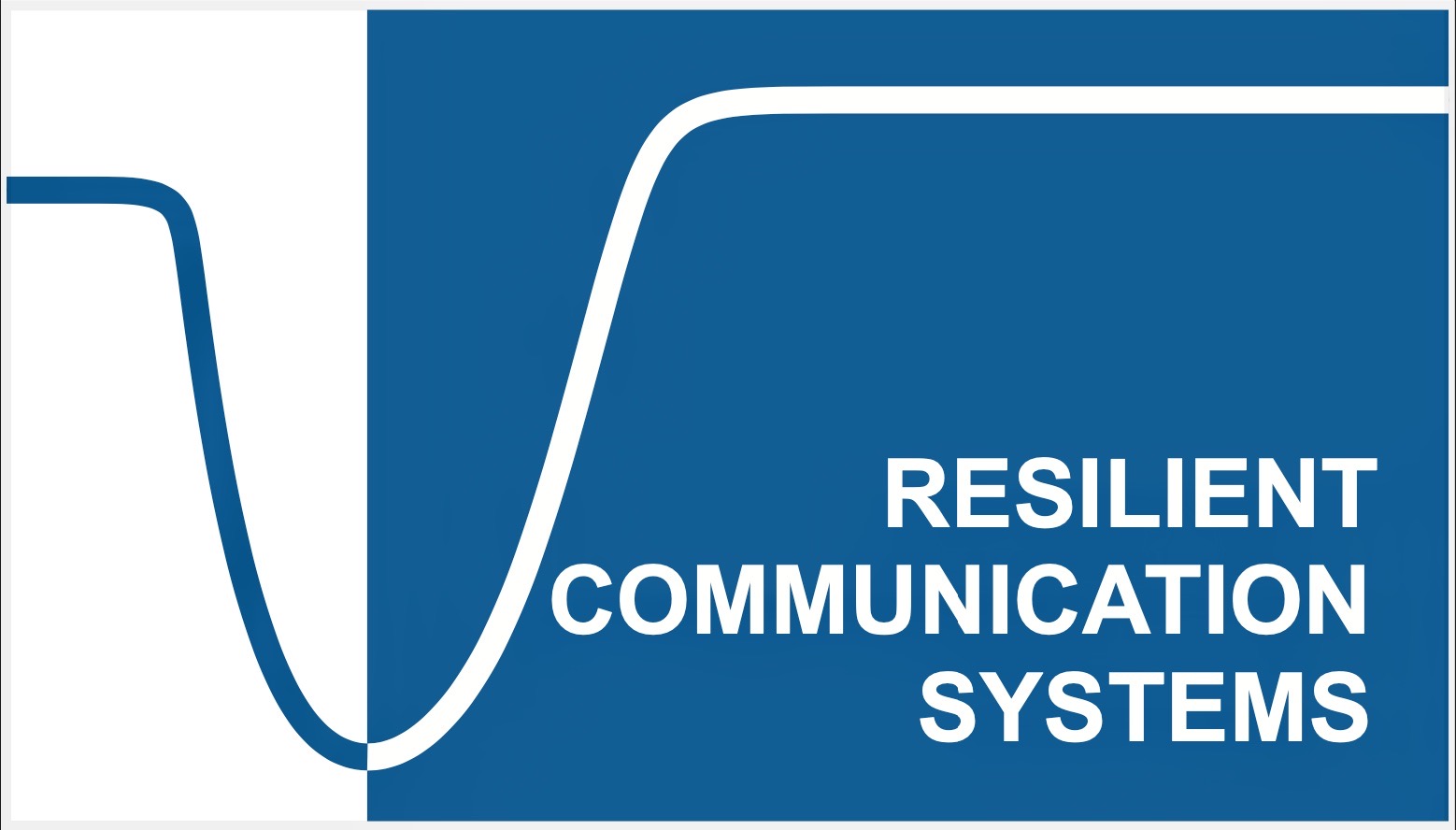Communication networks are an essential part of our social community, and they play a vital role in our daily lives. Therefore, it is crucial to ensure that our communication networks are always available. However, current communication networks are susceptible to natural disasters, malicious attacks, and technology-based abnormalities/failures that may have severe and disruptive consequences, albeit rare.
To address such infrequent but high-impact crises, our focus should be on designing communication networks that are resilient, capable of withstanding such events while maintaining a minimum level of service. Achieving this functionality requires redundancy, diversity, and additional capabilities, such as sensing, monitoring, estimation, self-learning, prediction, and optimization techniques.
While existing communication networks prioritize maximum efficiency and cost-effectiveness under well-defined conditions, a resilient design should proactively address potential failures, including rare ones. As such, we study and analyze possible solutions to address these failures in our design.
Reconfigurable Intelligent Surfaces (RISs) are expected to play a key role in the development of 6G wireless communication systems. They are a new class of engineered surfaces that can manipulate electromagnetic waves to propagate them. These surfaces are composed of a large number of small, electrically controllable elements that can be programmed to reflect, refract, or absorb electromagnetic waves in specific ways.
RISs technology has the potential to revolutionize wireless communication by enabling more reliable and resilient communication links, particularly in environments where traditional wireless technologies struggle to provide a stable connection. For example, RISs can help to mitigate signal interference, improve signal strength and coverage, and enhance the resilience of wireless transmissions, even in blockage areas.
We are interested in the fundamental performance limits of RIS-assisted wireless communication systems. Moreover, we develop practical strategies for low-overhead and efficient configuration of extremely large RISs. Furthermore, we are interested in experimental verification of the proposed algorithms and theoretical results on real-world experimental platforms.
Our research focuses on enabling radar sensors to work together as intelligent, distributed networks. Instead of relying on a single system, we develop methods that allow multiple radar units which are distributed across an area, to jointly detect and track objects like people, vehicles, or drones with high accuracy.
These networks don’t just sense, they also communicate. By integrating radar sensing with wireless communication, we design systems that can share information efficiently, even when communication is unreliable or limited. This allows the network to remain functional and accurate, even under challenging conditions.
Applications include smart infrastructure, autonomous systems, and emergency services, where accurate sensing and reliable communication must go hand in hand.
Synthetic molecular communication (SMC) is a new communication engineering paradigm. The main characteristic of MC systems is that information is embedded in the properties of signaling molecules, e.g., their number, type, and time of release by the transmitter, which is in contrast to the conventional communication systems that embed information in the properties of electromagnetic waves, e.g., their amplitude, frequency, and phase.
SMC systems are envisioned to enable revolutionary applications, e.g., sensing of a target substance in biotechnology, targeted drug delivery in medicine, and monitoring of oil pipelines or chemical reactors in industrial applications.
We study bio-inspired concepts for SMCs. In particular, we aim at understanding key concepts developed in nature for molecular communications, translating them into abstract communication-theoretical models, which are subsequently employed in the design of algorithms for information embedding (e.g., modulation) and information recovery (e.g., detection). Moreover, in collaboration with experts in related fields such as biology, nanotechnology, medicine, etc., we develop experimental SMC testbeds that are used for verifying/refining the proposed algorithms and theoretical models.










